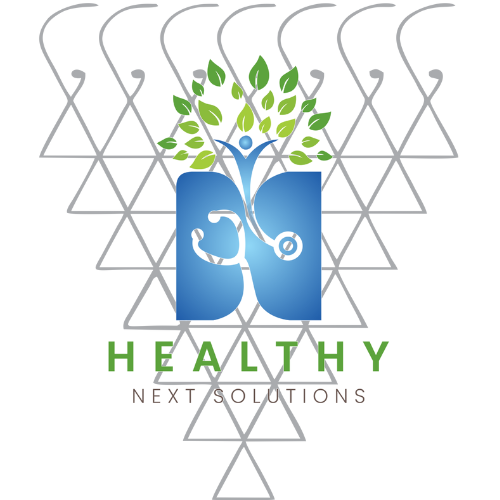
Breastfeeding: Importance, Benefits for Mother and Baby
Breastfeeding is a natural and beneficial way to nourish and bond with a baby. It provides essential nutrients and antibodies that support a baby’s growth and development while offering numerous health benefits for both mother and child. However, breastfeeding is also a personal choice and may not be feasible for everyone due to various reasons. This article delves into the importance, benefits, techniques, challenges, and considerations surrounding breastfeeding.
Breast milk is often referred to as “liquid gold” because of its unparalleled nutritional value and protective properties. It contains the perfect blend of proteins, fats, vitamins, and carbohydrates necessary for a baby’s growth and development. Additionally, breast milk is rich in antibodies, enzymes, and hormones that help protect infants from infections and diseases.
Benefits of Breastfeeding for Babies:
- Nutritional Benefits: Breast milk is easily digestible and perfectly balanced to meet a baby’s nutritional needs, promoting healthy growth and development.
- Immune System Support: Breast milk contains antibodies and other immune factors that help protect babies from infections, allergies, and chronic diseases.
- Bonding and Emotional Development: The skin-to-skin contact during breastfeeding promotes bonding between mother and baby, fostering emotional security and well-being.
- Optimal Brain Development: Some studies suggest that breastfeeding may enhance cognitive development and contribute to higher intelligence scores in children.
Benefits of Breastfeeding for Mothers:
- Postpartum Recovery: Breastfeeding stimulates the release of oxytocin, a hormone that helps the uterus return to its pre-pregnancy size and reduces postpartum bleeding.
- Weight Loss: Breastfeeding burns extra calories, helping mothers lose pregnancy weight more quickly.
- Reduced Risk of Certain Diseases: Breastfeeding has been linked to a reduced risk of breast cancer, ovarian cancer, type 2 diabetes, and postmenopausal osteoporosis in mothers.
- Convenience and Cost Savings: Breastfeeding is convenient, always available, and free, saving mothers time and money on formula and feeding supplies.
Breastfeeding Techniques:
- Latch: A good latch is crucial for successful breastfeeding. The baby should have a wide-open mouth with lips flanged outward, covering as much of the areola (dark area around the nipple) as possible. A proper latch ensures efficient milk transfer and prevents nipple soreness and discomfort.
- Positioning: There are various breastfeeding positions to choose from, including the cradle hold, cross-cradle hold, football hold, and side-lying position. The key is to find a comfortable and supportive position that works best for both mother and baby.
- Feeding Frequency: Newborns typically breastfeed 8-12 times a day, or every 2-3 hours, to meet their nutritional and growth needs. As babies grow, they may breastfeed less frequently but for longer durations.
Challenges and Considerations:
Despite its benefits, breastfeeding can sometimes be challenging and may require patience, support, and perseverance. Common breastfeeding challenges include:
- Engorgement: Occurs when the breasts become overly full and uncomfortable due to milk accumulation.
- Sore Nipples: Can be caused by improper latch, poor positioning, or sensitive skin.
- Low Milk Supply: Some mothers may experience difficulties producing enough milk to meet their baby’s needs.
- Breastfeeding in Public: Some mothers may feel uncomfortable or face societal pressures when breastfeeding in public places.
To overcome these challenges, mothers can seek support and guidance from lactation consultants, healthcare providers, and support groups. They can also try techniques like breast massage, warm compresses, and nipple shields to alleviate discomfort and improve breastfeeding experience.
Breastfeeding and Work:
Returning to work while breastfeeding can be a concern for many mothers. However, with proper planning and support, it is possible to continue breastfeeding even after returning to the workplace. Some strategies to consider include:
- Pumping: Investing in a high-quality breast pump and establishing a pumping schedule can help maintain milk supply and provide breast milk for the baby while away.
- Storage: Proper storage of breast milk is essential to preserve its nutritional and immune-boosting properties. Breast milk can be stored in the refrigerator for up to 4 days or in the freezer for several months.
- Communication with Employer: Informing employers about breastfeeding needs and requesting accommodations like flexible break times and a private space for pumping can help facilitate a smooth transition back to work.
Breastfeeding is a natural and beneficial way to nourish and bond with a baby, offering numerous health benefits for both mother and child. While breastfeeding is a personal choice and may not be feasible for everyone, those who choose to breastfeed can enjoy the many rewards it offers. With proper education, support, and resources, mothers can overcome challenges and make breastfeeding a positive and fulfilling experience for themselves and their babies.



